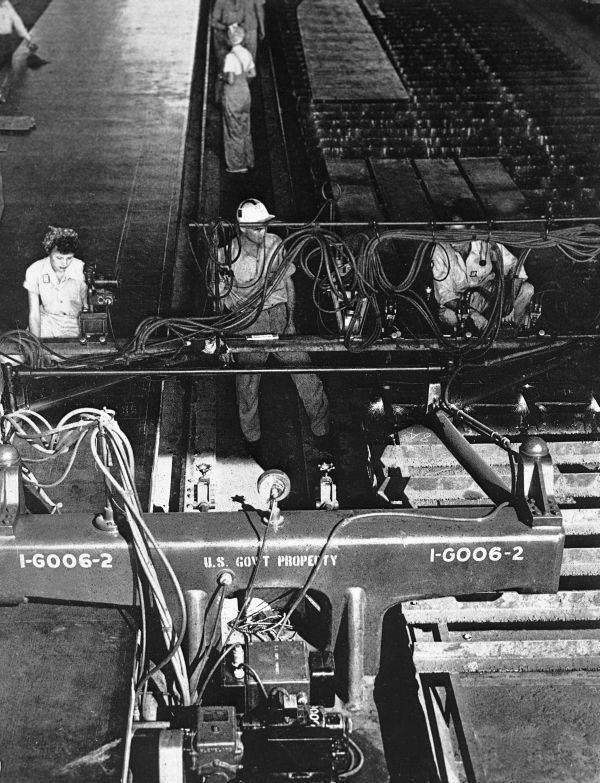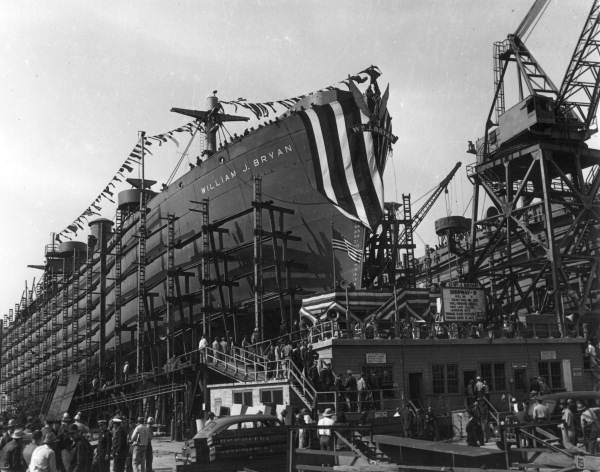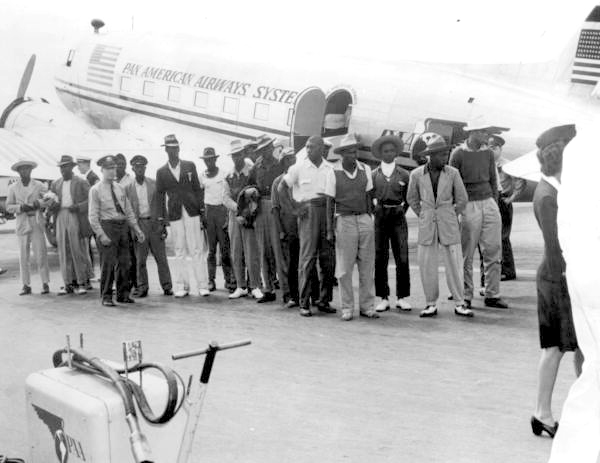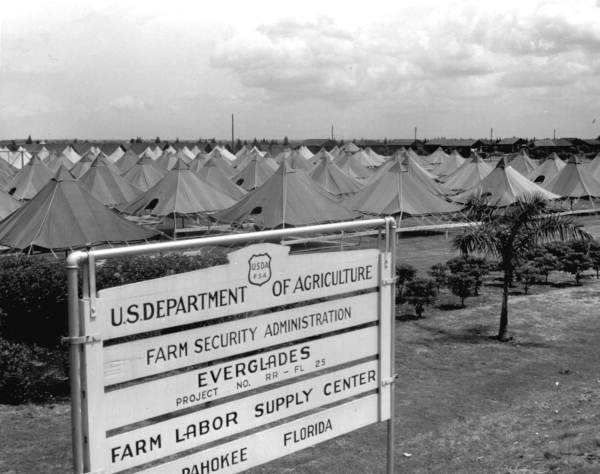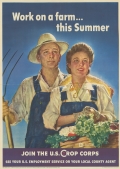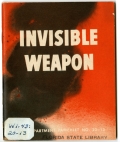
Primary Source Set
Industry and Agriculture During WWII
Florida’s economy was largely based on tourism and agriculture when the United States entered World War II. The sudden demand for goods and services of every description bolstered the state’s growth rate and led to the expansion of war-related industries, especially agriculture and shipbuilding.
In the 1942-43 growing season, for example, the federal government ordered the nation’s farmers to set aside 6.3 million cases of citrus for military use, a large portion of which would have to come from Florida. Shipbuilding accounted for two-thirds of the state's industrial growth during the war. Companies in ports like Pensacola, Panama City, Jacksonville and Tampa hired thousands of workers to quickly construct vessels needed for the war effort.
Finding enough labor to keep these industries going became a challenge as an increasing number of able-bodied men left for military service. Federal and state agencies attempted to help solve this problem by recruiting workers among women, African Americans, and even foreign nationals. These proposals were sometimes controversial. Some worried that calling so many women to serve in defense industries would disrupt their families. Plans to import Jamaican or Bahamian labor for agricultural work were also opposed by some.
Defense employers often refused to hire African American workers in the early days of the war. Mary McLeod Bethune and A. Philip Randolph, both Floridians, worked to end discrimination in the military and defense industries. In 1941, President Franklin D. Roosevelt issued Executive Order 8802 which prohibited racial discrimination in defense industries. In defiance of the law, defense industry employers still generally hired African Americans only for low-paying, unskilled labor.
Bethune also served in President Franklin D. Roosevelt’s administration as the Director of the Office of Negro Affairs in the National Youth Administration, which focused on providing work and education for Americans between the ages of 16 and 25.
Photo credit: Woman welding for the Saint Johns River Shipbuilding Company in Jacksonville, ca. 1943.
Show full overview

 Listen: The Blues Program
Listen: The Blues Program

